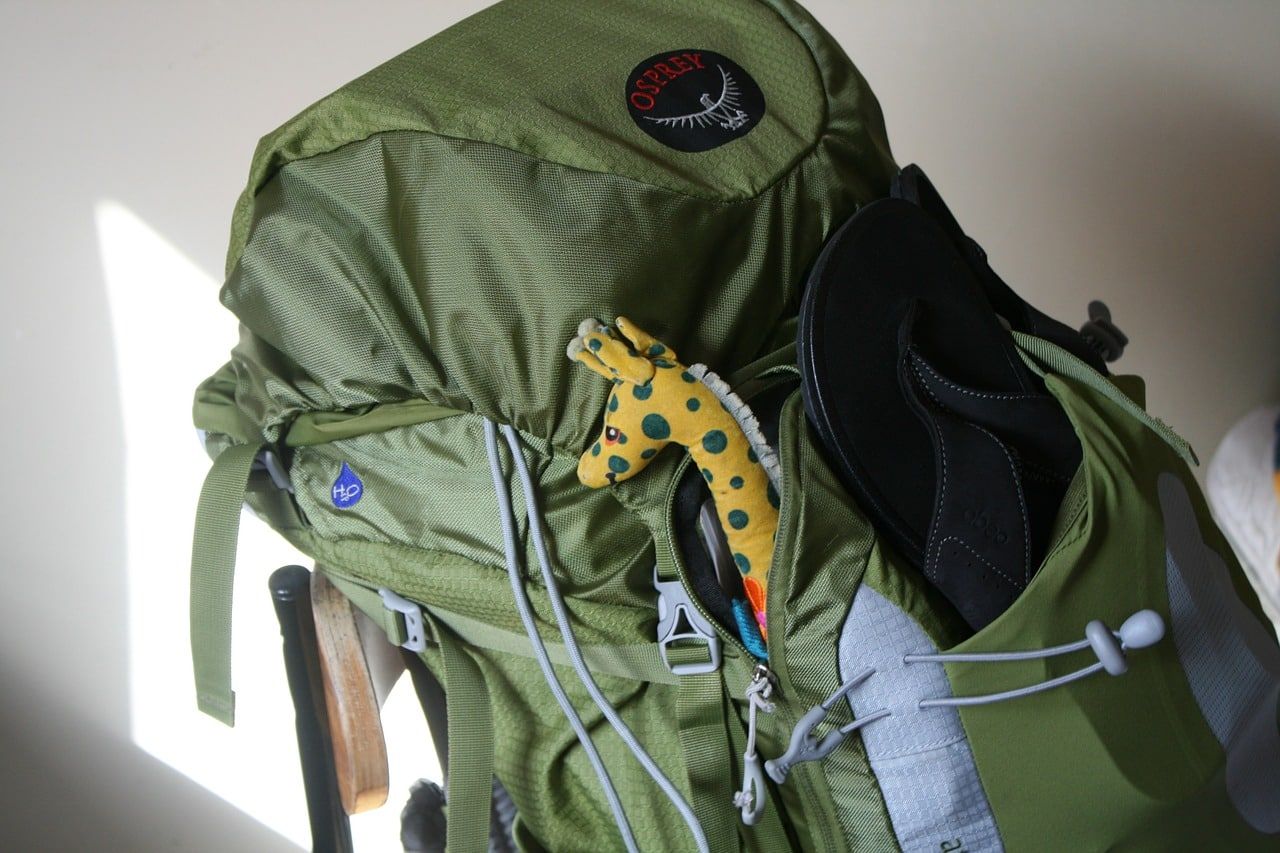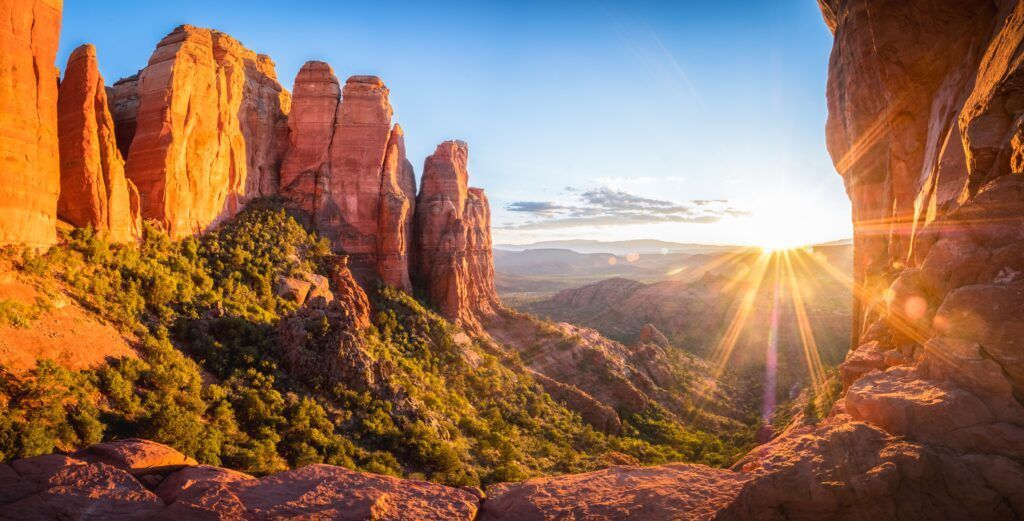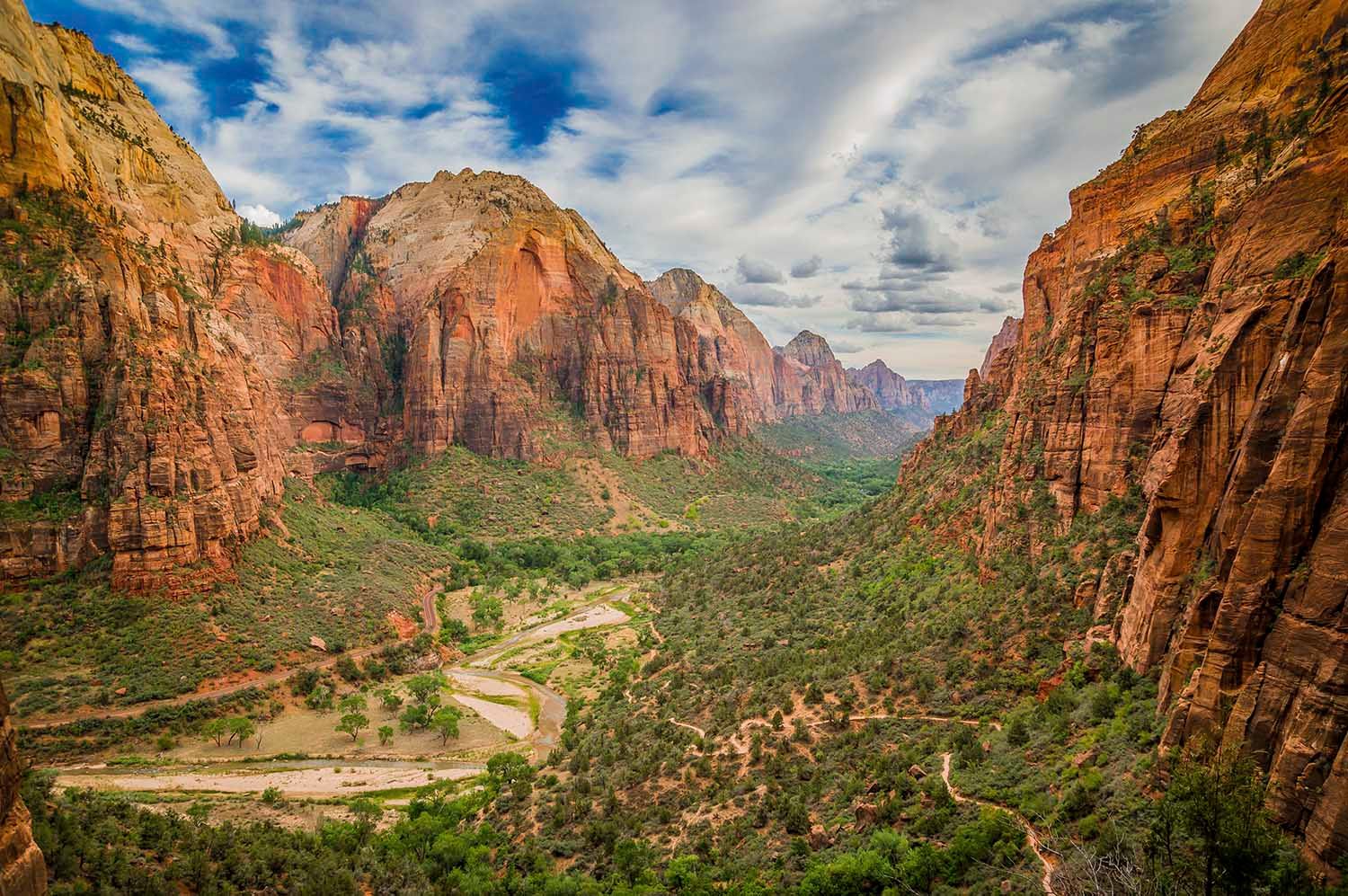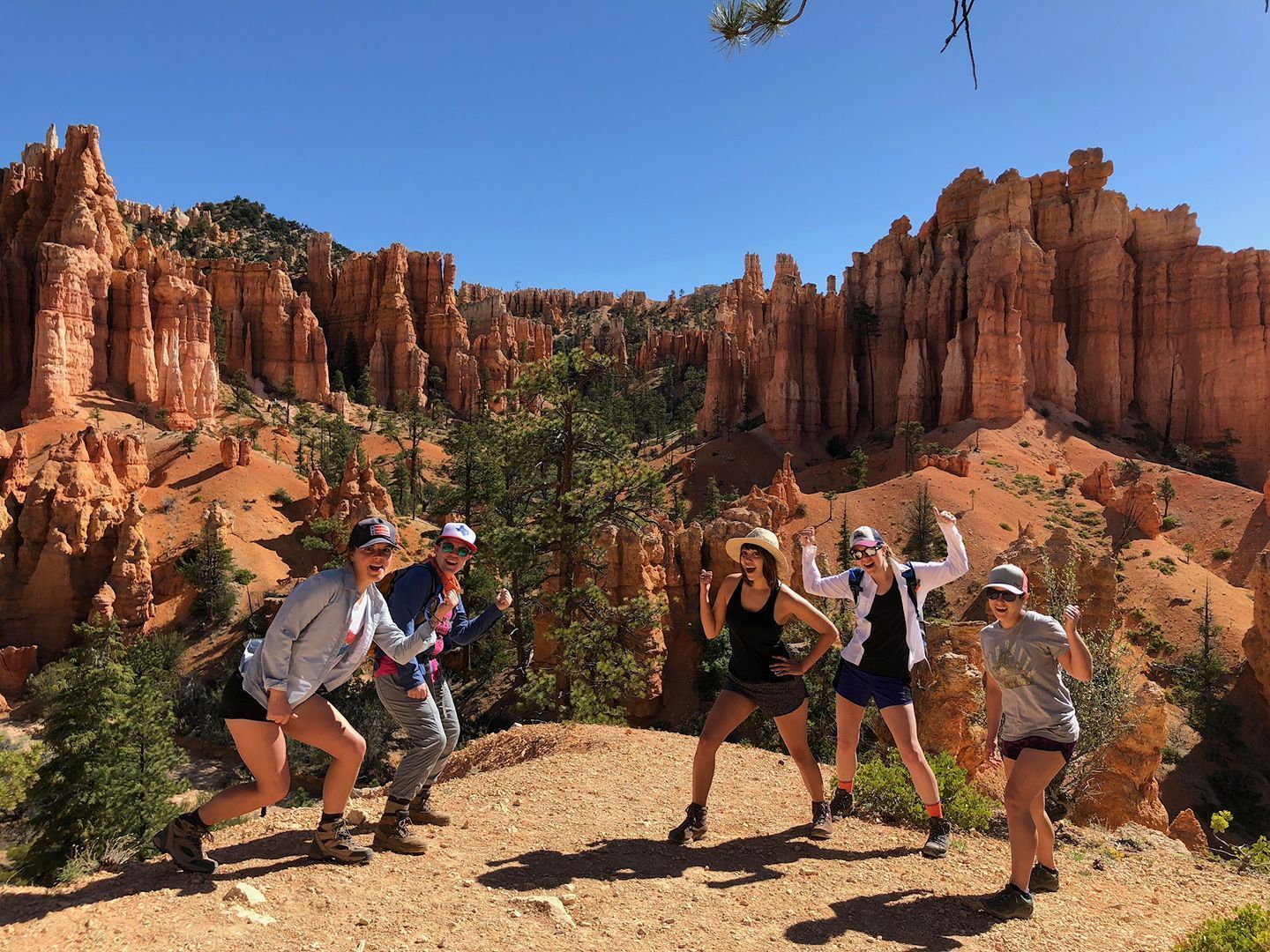Five Things to Include in Your Backpack for the Next Adventure

By S. Smith
There is no better way to experience the incredible outdoor destinations of the world than with a backpacking adventure. Whether you’re planning a backpacking adventure in the Grand Canyon or Utah, preparation starts long before you hit the trail. Exploring Mother Nature’s most beautiful places with all the essentials you need strapped on your back, is what it’s all about. That is, if all the essentials for the trip are remembered.
Although each destination may have a few unique factors that will need to be considered when packing, there are a few essentials that should always be included in your backpack for any trip:
- Extra clothing. Even for a short trip, it’s important to consider extra clothing. Weather conditions can change without warning so always prepare for slightly colder and wetter conditons than expected. Lightweight rain gear, long underwear, and a cozy jacket (fleece or down feather) can be the difference between comfort and misery. For example, temperatures on Grand Canyon backpacking trips can drop dramatically at night, making an extra layer essential.
- Sun protection. All year ‘round, it’s important to remember sun protection. A brimmed hat, sunglasses and sunscreen with 35 SPF or higher should all be included. Remember, you will be outside all day and even on cloudy days, the UV rays are hitting your skin. This is especially true on Utah backpacking tours, where the desert sun can be intense even in spring and fall.
- Medications and first aid. Your first aid kit should be simple but comprehensive. Cuts, scrapes and burns, blisters and twisted ankles are the most common injuiries. But don’t forget those all-important personal medications. If severe allergies are a concern, also remember to bring an Epi Pen.
- Flashlight. Headlamps are the flashlight of choice for backpackers and outdoor enthusiasts these days. Keep your hands free while you rummage through your backpack after sundown, searching for that elusive pair of dry socks. LED lights will last longer than traditional bulbs. And don’t forget an extra set of batteries!
- Extra Food/Water. Seems obvious enough but don’t forget to bring some extra. Oatmeal, ramen noodles, or an extra freeze-dried meal are great options for the emergency backup should you end up out in the backcountry a little longer than planned. On Southern Utah basecamp adventures, guides typically provide meal planning and water filtration gear for added safety. And though it might not be practical to carry a lot of extra water, be sure you know where reliable water sources will be foud along the way. And don’t forget a reliable way to treat natural water sources. Plan to drink at least 3 liters of water every day.
Being prepared with the right elements in a backpack can ensure a comfortable and safe adventure. For location specific items, consult with a local professional backpacking guide. Once fully prepared, the focus can then be on enjoying the sights and experiencing the great outdoors across our Grand Canyon and Utah destinations.
About Backpacking with a Guide: Looking for a backpacking adventure within Grand Canyon or southern Utah? Consider hiring a knowledgeable local guide that can provide you and your friends or family with all the essentials: gear, food, a packing list, route description, and the peace of mind in knowing that you are in competent hands. Many guided Grand Canyon backpacking trips, such as the Rim-to-Rim route, include all essential gear and logistical planning so you can focus on the experience itself. For more information on guided backpacking trips, visit: https://fsguides.com/.
Frequently Asked Questions
Essential tips for packing smart and staying safe on your next backpacking adventure.
What are the most important items to pack for a backpacking trip?
Always include extra clothing, sun protection, a basic first aid kit, a flashlight or headlamp, and extra food and water. These items ensure you’re prepared for changing weather, minor injuries, and unexpected delays during your adventure.
Why is extra clothing important when backpacking?
Weather conditions can shift quickly in the backcountry. Packing extra layers like rain gear, long underwear, and a warm jacket helps you stay dry and comfortable, especially when temperatures drop at night or unexpected rain hits.
What kind of sun protection should I bring?
Pack a wide-brimmed hat, polarized sunglasses, and sunscreen with at least SPF 35. Even on cloudy days, UV rays can cause sunburn—especially in desert environments like Utah or at high elevations in the Grand Canyon.
What should be in a backpacking first aid kit?
Your kit should include bandages, antiseptic wipes, blister care, pain relievers, and any personal medications. If you have allergies, include an EpiPen. A small but comprehensive kit helps handle cuts, scrapes, or sprains that can happen on the trail.
Why is a headlamp better than a regular flashlight for backpacking?
Headlamps keep your hands free, which is especially useful for setting up camp or searching through your pack after dark. LED headlamps are lightweight, energy-efficient, and provide reliable light—just remember to pack spare batteries.
How much food and water should I pack for a backpacking trip?
Plan for at least one extra meal beyond your itinerary, plus snacks like oatmeal or ramen for emergencies. Aim to drink about three liters of water daily. If you’re hiking in areas without reliable sources, bring a water filter or purification tablets.
How can I find reliable water sources on the trail?
Research your route in advance or ask local guides about dependable water locations. Always carry a filter, purification tablets, or other treatment methods since natural sources can contain bacteria or contaminants.
What’s the benefit of hiring a local backpacking guide?
Guides handle logistics like gear, food, permits, and route planning, letting you focus on the experience. They’re familiar with local terrain and safety protocols, providing expertise that enhances both your safety and enjoyment of the trip.
How do I prepare for temperature changes during backpacking trips?
Layering is key. Start with moisture-wicking base layers, add insulating mid-layers like fleece, and top with a waterproof shell. This system lets you adjust as temperatures shift from warm days to cold nights.
What should I do if my backpacking trip lasts longer than planned?
Stay calm, ration your food and water, and use your emergency supplies. A small reserve of extra food, extra batteries, and knowledge of nearby water sources can make all the difference until you safely return or receive help.
Four Season Guides, 506 N Grant St suite o, Flagstaff, AZ 86004, United States
+19285251552
35.19653980, -111.62000560





